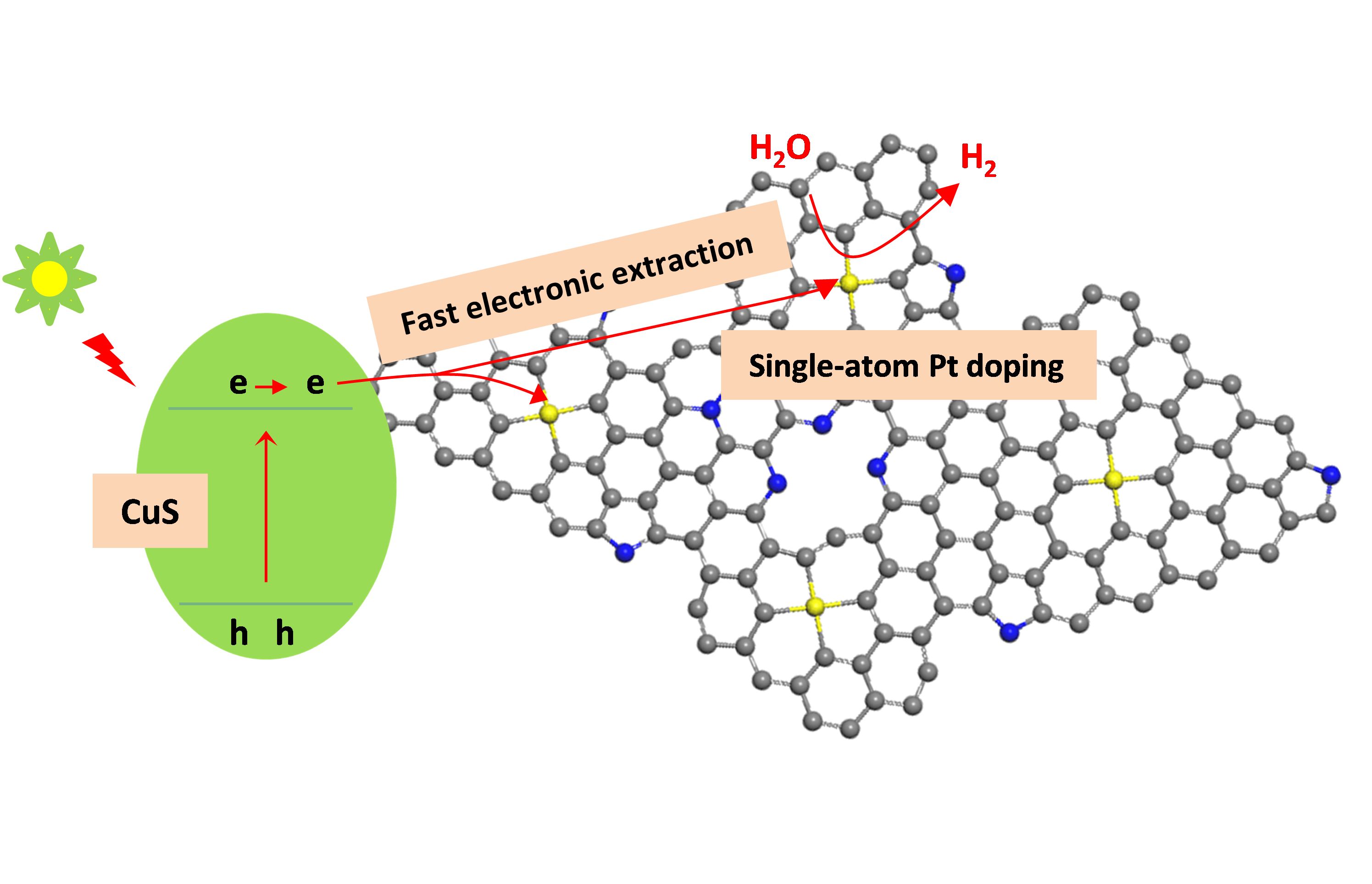New catalyst produces green hydrogen from seawater

Researchers have designed a novel prototype device that is able to float on the ocean surface to produce hydrogen from seawater.
In summary
- Researchers at Swinburne’s Centre for Translational Atomaterials, in collaboration with Shaanxi Normal University, have developed a catalyst that can produce high-performance solar light-triggered hydrogen from seawater
- They have also developed a prototype device using this catalyst, known as the ‘Ocean-H2-Rig’
Researchers at Swinburne University of Technology’s Centre for Translational Atomaterials, in collaboration with Shaanxi Normal University, have developed a robust single-atom platinum catalyst that can produce high-performance solar light-triggered hydrogen from seawater.
They have also developed a prototype device using this catalyst, known as the ‘Ocean-H2-Rig’.
Hydrogen is one of the cleanest fuels. If it is produced from a clean, renewable energy source, like wind or solar, it can be used as a clean transport fuel, for providing electricity to the grid, and to offset the carbon from manufacturing processes.
In conventional photocatalysts, electrons and holes are separated upon solar radiation to trigger water splitting to hydrogen and oxygen. The separated electrons and holes tend to recombine, which significantly decreases the photocatalytic activity and reduces the hydrogen production efficiency.
The single-atom platinum catalyst developed in this work effectively extracts the photo-generated electrons, thus avoiding unwanted recombination.

Single-atom platinum catalyst helps to extract photo-generated electrons.

Floating prototype equipped with the single-atom platinum catalysts for solar light-triggered hydrogen production directly from seawater.
“In this new work, we have used the single-atom platinum catalyst as the electron extractor. It is synthesised by a scalable and low-cost calcination method, easily produced at large scale,” says Associate Professor Tianyi Ma, lead author of the research paper.
Founding Director of the Centre for Translational Atomaterials, Professor Baohua Jia says the single-atom catalyst has the advantage of easy cycling, reuse and green production.
“It promotes highly efficient hydrogen production with an outstanding quantum yield of 22.2 per cent under LED-550 illumination, which stands among the best catalysts ever reported,” Professor Jia says.
“The high solar‐to‐hydrogen conversion efficiency is what we need for industrial application,” Associate Professor Ma says. “We have designed a novel prototype device that is able to float on the ocean surface for hydrogen production from seawater.”
The research paper is published in Angewandte Chemie International Edition.
-
Media Enquiries
Related articles
-

- Technology
- Science
- Engineering
Victorian students drive green energy transition through international hydrogen competition
Swinburne’s KIOSC, in collaboration with Horizon Educational and Gippsland Tech School, co-hosted the Hydrogen Grand Prix in Melbourne.Friday 26 July 2024 -

- Technology
- Health
New MedTechVic prototypes to transform everyday lives of people with a disability
Swinburne’s MedTechVic has revealed three new prototypes designed through the joint Health-led Manufacturing Innovation Program, in partnership with the Australian Medtech Manufacturing Centre and Safer Care Victoria
Friday 19 July 2024 -

- Science
Skin, scales and fish tails: using collagen to turn fish guts into gold
New research from Swinburne could transform the sector by converting high value collagen proteins from seafood by-products into cosmetics, food, and pharmaceuticals.
Tuesday 02 July 2024 -

- Science
- Engineering
Submarines in the future could self-identify cracks and self-heal thanks to Swinburne researcher
Thanks to the work of Dr Nisa Salim from Swinburne University of Technology’s School of Engineering, future submarines could self-identify microcracks and self-heal using a new kind of carbon fibre reinforced polymer composites.
Monday 17 June 2024 -

- Business
- Technology
Swinburne’s Luminate Pitch Night 2024 advances innovative ideas for a better world
Swinburne’s 2024 Luminate Pitch Night showcased market-ready ideas from 10 founders
Wednesday 12 June 2024

